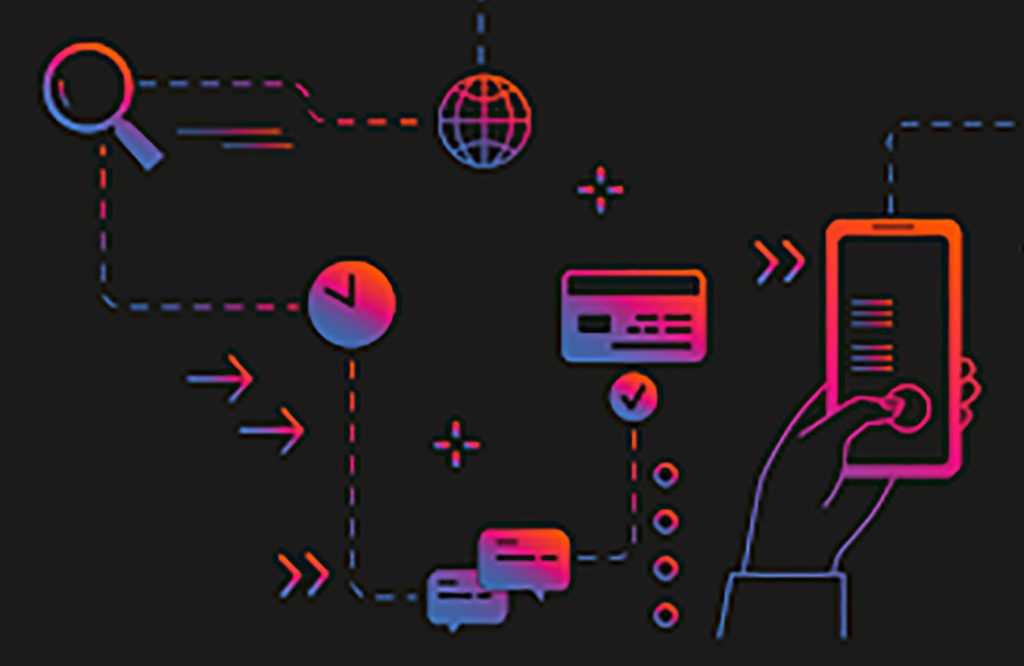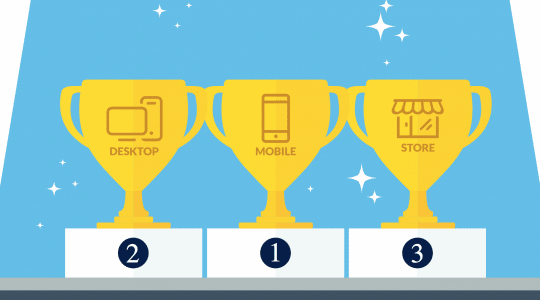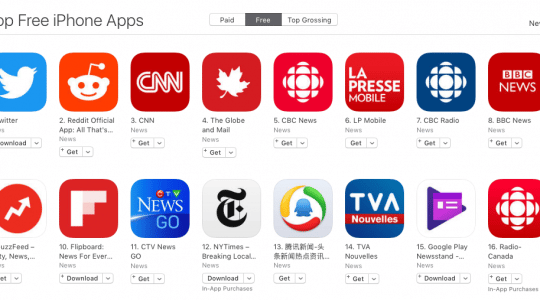
This is a guest post from the team at Applift.
For the longest time, mobile user acquisition and retargeting have been viewed as separate stages of the mobile funnel. The traditional mobile app advertising approach has taught app advertisers to first start with user acquisition focusing on install volume, and then think of re-engagement and retargeting as an afterthought, or at a later stage when user interest starts diminishing.
Looking at the needs of advertisers today, the urgency of shifting marketing spend toward the mobile channel cannot be ignored. In order to reach and convert their users, advertisers have to reach them where they are; statistics show that this is increasingly on their mobile devices, which is why acquisition and retention matter.
In the short history of mobile advertising, advertisers have increasingly sought ways to spend their budget to deliver tangible returns for their app. In the initial days, installs were the key focus, cost per install (CPI) pricing a preferred payout method. For advertisers coming to mobile after decades of cost per thousand (CPM) pricing on desktop, CPI was the model of choice. With this approach, the marketing funnel stopped at the install.
By 2015, post-install quality and return on investment became the metrics to watch out for. No longer did marketers just want users to click on ads and download apps; they wanted users who would engage and stay connected to ultimately become customers. Marketers were now interested in knowing where exactly their dollars were being spent, creating a shift in mentality and emergence of action-based payouts (CPA) with a focus on lifetime value.
True results, however, don’t stop at user acquisition. This is why a natural step for advertisers, with the goal of maximizing ROI, is not to just reach those users and connect with them, but also to activate them and turn them into loyal customers.
The user journey on mobile takes on the traditional marketing funnel of AIDA, where after the initial steps of Awareness, Interest, and Desire, the steps of Action and Results follow to connect and activate the users. This user journey on mobile begins with a potential user viewing an app, clicking on it, and installing the app. It is post-install that an acquired user can become a loyal customer.
The following infographic delves deeper into why engagement should be a top priority for marketers over installs, and how performance-based pricing has evolved.

Author
Becky is the Senior Content Marketing Manager at TUNE. Before TUNE, she handled content strategy and marketing communications at several tech startups in the Bay Area. Becky received her bachelor's degree in English from Wake Forest University. After a decade in San Francisco and Seattle, she has returned home to Charleston, SC, where you can find her strolling through Hampton Park with her pup and enjoying the simple things between adventures with friends and family.




Leave a Reply
You must be logged in to post a comment.